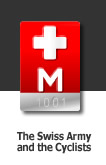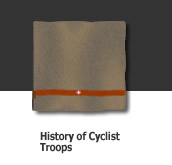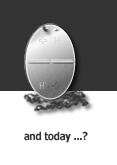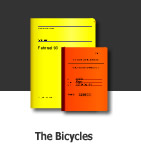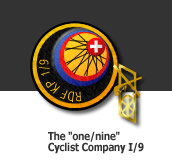The Organisation of the Cyclist Company I/9
The cyclist company I/9 included four platoons. The command platoon and three combat units. Each platoon was divided again in groups. The smallest unit of a company consisted of two to three cyclist soldiers and was called a troop.

- 1 commando platoon(Kdo Z)
- 3 combat platoons (Z 1, Z 2 und Z 3
- 1 combat platoon with machine guns (Mitr Z)
The commando platoon...
... has the task to ensure the infrastructure, supply and logistics on company level.
The tasks in more detail:
- operate and control a commanod posts
- supply of the troop (kitchen)
- operate a casualty collecting point for the first aid of patients and injured soldiers
- driver service inclusive maintenance of the motor vehicles
- maintenance and repair of damaged bicycles
- storage and maintenance of the corps material
- organisation of the ammunitions depot
- administration e.g. payment, training control, etc..
The combat platoons...
... are trained for the actual fighting. Beside the personal weapon (storm rifle, pistol) they are equipped with Corps weapons. Their task is depending upon situation, to control larger areas of land or if necessarily the infantry defense fight.
Organisation cyclist comp I/9
Normally the company consisted of 1 commando platoon (Kdo Z)
3 combat platoons (Z 1, Z 2 and Z 3 1 equipped with machine gun (Mitr Z)
During tactical rides usually four of the five platoons were cycling. The commando platoon, which ensured the infrastructure for the company, drove with its motor vehicles at the end of the company. Several motor-cyclist have been available for guiding or as despatch riders.
The platoons kept distances between each other adapted to the visibility conditions and the threat situation, specified before departure. The platoons were splitted into groups of 8 - 15 men. These groups for their part held again distance to each other. While driving and in the night the group leaders commanded with specific hand signals. Messages between the platoons have been passed on by radio. For messages within a platoon a dedicated soldier (Gefechtsordonanz) was sent forward or in the back as despatch rider to the next group. |
